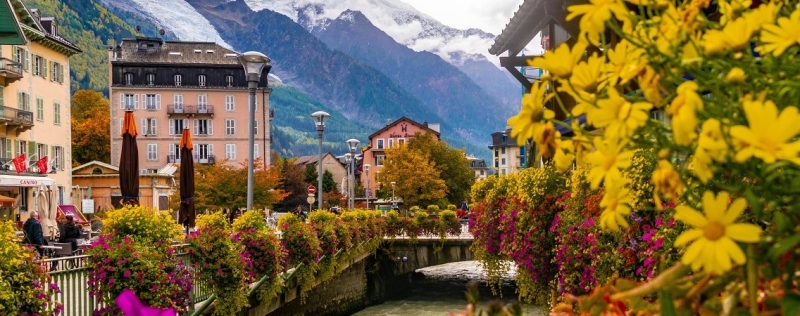
French cuisine is not limited to croissants, foie gras pate, frog legs and cheeses. Dishes vary greatly depending on the region: on the coast they grow oysters and prefer seafood, in the central part of the country river fish is popular, and in areas bordering Belgium potatoes are added to almost every dish. We talk about the culinary traditions of the northern regions of France.
Brittany
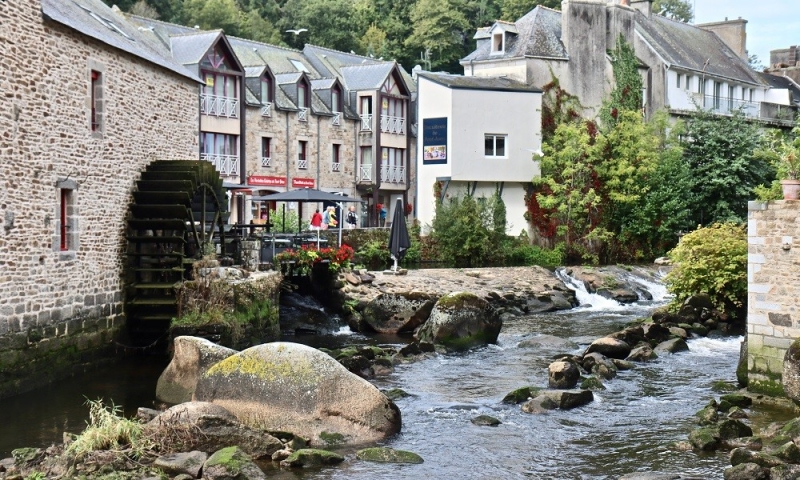
This region, bordered by the English Channel and the Atlantic Ocean, specializes in oysters and is the main supplier of seafood in France.
Try lobster bisque (soup), prepared with vegetables, cognac, cream and herbs; lobster in a spicy sauce with tomatoes and onions or stuffed crab. Other interesting fish specialties include fish soup with stewed seafood, potatoes and a dressing of vinegar, lemon juice and mustard; clams stuffed with butter, herbs and garlic; mussels in onion sauce. Lovers of “pure” tastes can order grilled fish or raw seafood.
The cuisine of Brittany can hardly be called gourmet: in this region, preference is given to food with simple combinations and bright, uncompromising flavors. Particularly popular throughout the country are galettes (unsweetened pancakes made from buckwheat flour, folded like an envelope, with fillings of ham and cheese, fried egg, spinach or mushrooms) and crepes (sweet thin pancakes grated with sugar, lemon, Nutella, honey or salted cream caramel).
The French always end their meal with dessert, so we won’t ignore this topic either. Traditional Breton sweets – vanilla pudding casserole with prunes pre-soaked in tea and rum, rolled and fried pancakes and shortbread cookies with butter.
Normandy
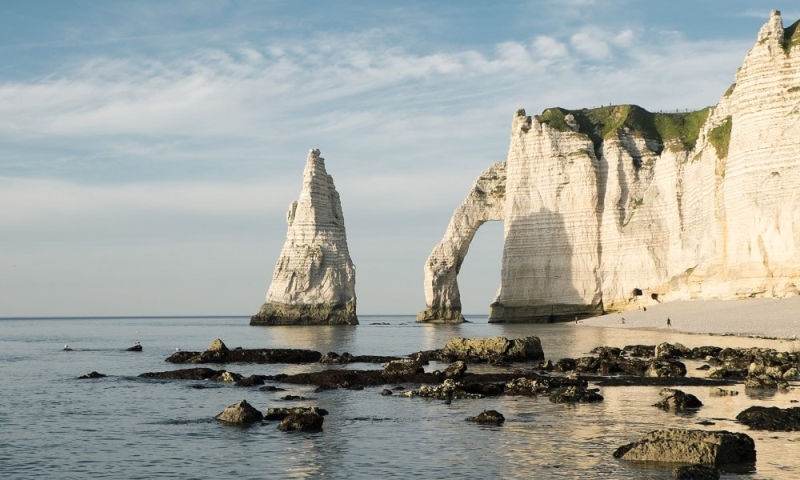
The region is also located in the north and is washed by the waters of the Atlantic Ocean, but the climate here is more favorable for pastures and vegetable gardens. Thanks to this, the cows produce fatty milk, which is used to make cream – the Normans love to add it everywhere, so the local cuisine cannot be called dietary.
There is a lot of seafood here; among the original cooking methods, one can note a dish with the strange name “Cherbourg girl” – tiny lobsters are stewed in sea water and apple wine, after which vegetables, spices and butter are added to them.
In Normandy they love duck, especially the Duclair breed (they cook it here with apples). Fruit flavor is a real leitmotif of Normandy cuisine: rabbit is stewed in cider, apples are added to puff pastries with sausages and camembert, oysters are baked in a gratin with cream and cider, a pork chop is also fried in cider and served in a creamy mushroom sauce.
The most famous cheese of the region is the fragrant Camembert. It is also interesting to try the delicate sweet Pont-l’Evêque and the piquant Livaro. Baked Camembert with honey and a slice of crispy baguette is an excellent alternative to croissants for breakfast, which can get boring during a long stay in France.
By the way, about breakfast. Omelettes are incredibly popular in Normandy. The whites and yolks are beaten separately for a very long time (ideally by hand), mixed with heavy cream, and then cooked in butter over high heat, stirring constantly.
Most Normandy desserts are all kinds of variations of apple pie: cream tart, lush curls, apple candies, apple cider cream, apples stuffed with Camembert, raisins and nuts, chocolate stuffed with apples and Calvados. Also worthy of attention are the Rouen almond baskets, baked milk confiture and shortbread magdalenas.
Hauts de France
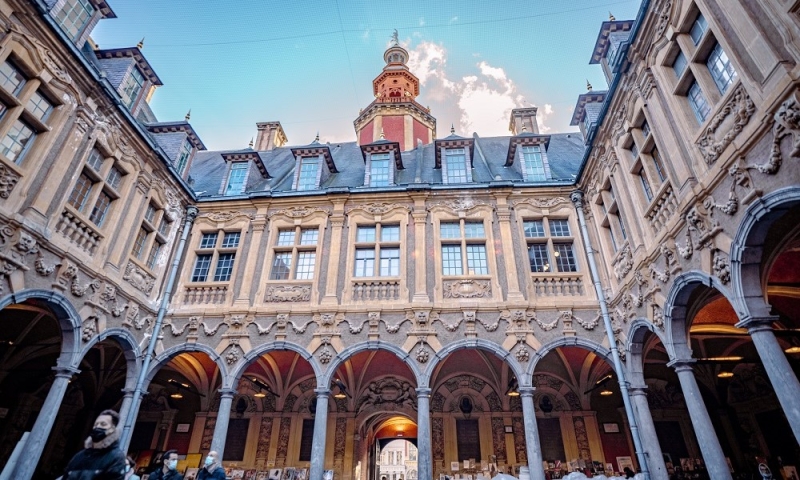
The region borders Belgium, so its cuisine is a mixture of French and Flemish traditions (people here prefer to drink beer than wine). The local gastronomy has many features that seem strange even to the French from other regions. For example, for breakfast it is customary to serve a large cup of black coffee with bread. While food is fried in butter all over France, here dishes are often prepared in lard, and chicory is added to desserts. White meat is served with prunes or apples, and steaks are topped with cheese sauce. Mussels are always served with French fries, as is customary in Belgium. Potjevleesch also came from Flemish cuisine – a pate in jelly made from rabbit, pork, chicken or veal.
The region’s most flavorful dish is an open-faced marual pie. This sharp and tart cheese is considered perhaps the main gastronomic heritage of Hauts-de-France. Among other popular varieties, you can try the bright orange mimolette cheese: it has a nutty and fruity aroma, the notes of which change depending on the degree of ripeness. Don’t ignore all the different variations of Berg cheeses: they are relatively low-fat, soft, but at the same time quite fragrant.
The desserts again show the influence of Belgium: residents of the northern region are very fond of caramel and waffles. Carambars can be bought in shops all over France, they are similar to our toffees. Lille waffles with caramel are almost no different from those sold under the name “Belgian” in Russian supermarkets. Residents of Hauts-de-France prefer pies made from yeast dough with rhubarb, apples or prunes. If you want to try something special, pay attention to the papin with custard – it is baked in a wood-burning oven.
Grand Est
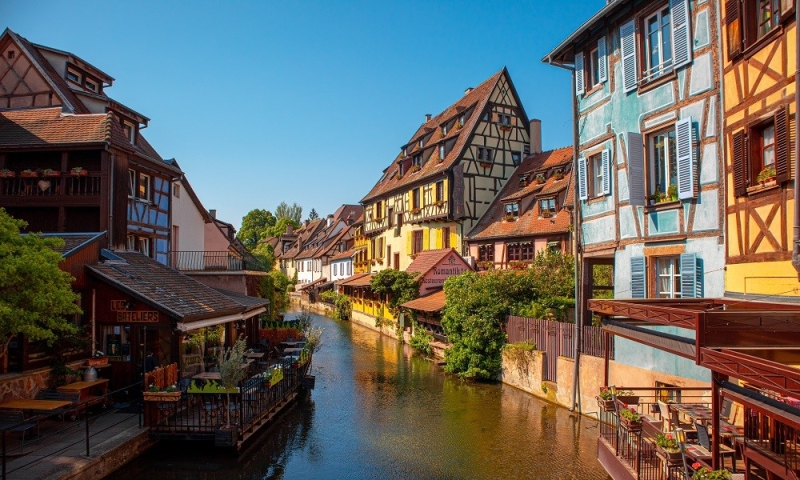
Another border region of France, which has absorbed a lot from its neighbors, Germany and Switzerland. The most “German” region is Alsace, and the cuisine here clearly has an “accent”. The main dishes are bakeoffe casserole of potatoes, onions, meat marinated in white wine and juniper berries, as well as sauerkraut and Alsatian stew – meat and sausages stewed with vegetables.
Lorraine is characterized by bacon and potato dishes, such as quiche lorraine, potato salad and hash browns. As for cheeses, pay attention to brie: this is where this famous variety with white mold comes from.
For dessert, try pink Reims cookies, which are usually soaked in wine; shortbread cookies with the addition of almonds and champagne; bread with dried fruits; egg cream and streusel – pie with pastry crumbs.
Loire Valley
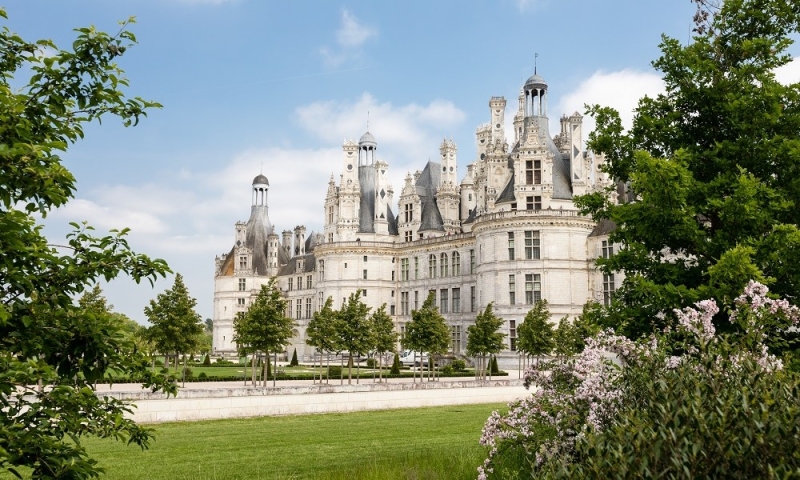
This region is the birthplace of pork pate rillette, with which toast is often served as an appetizer. In France, pates, by the way, are not only spread on bread, but also baked (this dish is called a terrine) or used as a filling for a pie with hard-boiled eggs.
In France, you don’t often find river fish in restaurants, but in the Loire Valley there is a large selection. Freshwater eels and lampreys, pike, pike perch and carp are especially prized. They are prepared very elegantly: for example, carp is stewed in red wine, young eels are quickly fried in white wine and served with a sauce of champignons and cream, and pike perch is dressed with a white sauce of whipped butter, shallots and white wine.
Among the cheeses, the soft goat Sainte-Maur de Touraine, covered with a black mold-ash crust, is prized: it has a salty-sour taste with a nutty aroma. In the markets you can see cheese in a chestnut leaf: this is Fey de Dreux, which is similar in texture to Camembert, but has a more pronounced mushroom flavor.
For dessert, try the “royal pie” of pithivier with almond cream, the recipe of which has remained unchanged since the 18th century, tarte tatin with apples and thick creamy caramel, pancakes with raisins soaked in rum, quince jelly, shortbread cake dough with candied fruits and apricot jam and sweets with the charming name “dog droppings” – hazelnut praline with chocolate nougat.
Ile-de-France

It is also called the Paris region, because the capital of France is located here. The standard escargot snails with butter, garlic and herbs come from here. They should be eaten with a crispy baguette, which is used to collect the aromatic sauce. Other typical French dishes are also included in the list of specialties of the region: onion soup (it’s worth trying even if you don’t like onions, because this aromatic and warming stew with sherry and butter does not have a strong taste or smell); Udan pie made from poultry and mushrooms; croque monsieur is a hot sandwich with ham, cheese and béchamel sauce (and its variation croque madame with a fried egg).
Good cheeses include varieties with white mold – coulommier, goat brie “in a pot”, gratt pie, gran vatel. The famous Fontainebleau dessert is made from white cheese (which is more like thick yogurt), fresh or whipped cream, sponge cookies and any other toppings – honey, pistachios, candied fruits and chocolate chips.
Among the classic local desserts are colorful macarons made from almond dough, Opera cake made from sponge cake, coffee cream and chocolate ganache, niflettes (tartlets with pastry cream), as well as Paris-Brest cake made from choux pastry. and cream with praline flavor.

